Jalppajin Memil - Seochon Branch (잘빠진메밀 서촌)
825.6M 2021-03-18
41-1, Jahamun-ro, Jongno-gu, Seoul, Korea
+82-70-4142-1214
This is a Korean cuisine located in Jongno-gu, Seoul. A restaurant that uses noodles made with 100% buckwheat directly by the chef. The best menu at this restaurant is dumpling hot pot.
Jonggak Hanu (종각한우)
825.6M 2021-03-19
8, Jong-ro 9-gil, Jongno-gu, Seoul
+82-2-733-5613
A barbecue specialty restaurant located in Jongno, Seoul. The most famous menu is assorted grilled Korean beef cuts. A restaurant that's open for group dinners.
Nami Island Seoul Center (남이섬 서울센터)
826.7M 2016-09-05
17, Insadong-gil, Jongno-gu, Seoul-si
+82-2-753-1247
L’Île de Nami a ouvert le Nami Island Seoul Center à Insadong afin de promouvoir ses attractions touristiques et guider vers elle les touristes itnernationaux. Le centre propose des céramiques et objets artisanaux en verre produits sur l’île et vend aussi des objets en rapport avec la célèbre série télévisée Winter Sonata. Les cars touristiques partent d’Insadong à 9h30 et y reviennent à 16h.
Seochon Chingune (서촌친구네)
826.9M 2021-03-18
32, Jahamun-ro 1-gil, Jongno-gu, Seoul
+82-2-720-4763
A Seafood specialty restaurant located in Jongno-gu, Seoul. A restaurant serving a variety of seafood dishes. The most famous menu is steamed clams.
Ijo (이조)
826.7M 2021-03-26
8, Insadong 3-gil, Jongno-gu, Seoul
+82-2-730-7610
Galbijjim (braised short ribs) is a traditional Korean menu of ribs seasoned with soy sauce. This Korean dishes restaurant is located in Jongno-gu, Seoul. The representative menu is braised short ribs.
Musée du Vieux Parfum de Bukchon (북촌생활사박물관)
827.2M 2021-03-27
90, Bukchon-ro 5na-gil, Jongno-gu, Seoul-si
+82-2-736-3957
Le Musée du quotidien de Bukchon expose des objets ayant été colléctés à Bukchon, village historique autrefois réservé à la noblesse. Pendant des centaines d’années, de vrais trésors dans chaque résidence furent légués de générations en générations mais depuis le développement rapide de la Corée, dans la seconde moitié du 20ème siècle, certains sont devenus obsolètes. Ouvert en 2003, le musée cherche à préserver des artéfacts en les présentant dans un environnement intime et accueillant où vous pouvez découvrir comment ils étaient utilisés au quotidien.
Les groupes de 10-15 personnes peuvent participer à des programmes leur permettant de fabriquer des objets traditionnels ou à des programmes pour prendre part à la réalisation de ssukgaetteok (gâteau de riz à base d’armoise).
Près du musée se trouvent de nombreuses attractions : le Village Hanok de Bukchon, le Parc Samcheong, le Musée des Hiboux, le Musée ToyKino, Musée des Bijoux du Monde, et le Musée des Palais Nationaux de Corée sans oublier les palais royaux comme celui de Gyeongbokgung.
Hotel Crown Insadong (호텔 크라운-인사동)
833.2M 2021-02-10
9, Samil-daero 30-gil, Jongno-gu, Seoul
+82-2-3676-8000
Hotel Crown is a premier hotel that was renovated in May 2002. The hotel is in close proximity to Jongno and Insa-dong, making it a convenient place to stay for tourists.
Won Gopchang (원곱창)
835.9M 2021-03-20
105, Sajik-ro, Jongno-gu, Seoul
+82-2-722-2934
A place that sells grilled intestines loved by Koreans. The best menu at this restaurant is grilled beef reed tripe/grilled pork intestine. This Korean dishes restaurant is located in Jongno-gu, Seoul.
Matborae Jeukseok Tteokbokki (맛보래즉석떡볶이)
838.7M 2021-03-19
9, Insadong, 3-gil, Jongno-gu, Seoul
+82-2-720-4831
A spicy rice cakes specialty restaurant located in Insa-dong, Seoul. The most famous menu is stir-fried rice cake with cheese. Jjajang tteokbokki is also delicious.
Seochon Guest House [Korea Quality] / 서촌 게스트하우스 [한국관광 품질인증]
841.4M 2023-04-07
28-3, Jahamun-ro 7-gil, Jongno-gu, Seoul
+82-010-3345-9680
Seochon Guest House is located in Seochon, which is becoming a hot place for tourists in Seoul, and precisely on the road to Suseong Valley, whichis filled with interesting stores and is also well-known for Park Nosoo Art Gallery and the House of Yun Dong-ju (poet). Seochon Guest House is nicknamed ‘Jaeminangol (interesting village)’ after Baekseok’s poem ‘Yeowunangol’, with the aim of providing a visit full of interesting experiences. Passing through a garden and entering the main building, the unique charm of this hanok building, the staircase to get to the first floor from daecheong (main floored room), catches the eye of the visitors. In addition, the building is decorated with various stylish objects including paintings and Korean musical instruments. The terrace situated on the first floor offers an open view of the surrounding area including roof tiles of hanok structures and alleyways in Seochon. It is said that Korean novelist Yoon Hu-myeong also appreciated the structure of the guesthouse, saying, “It is an interesting place.” Built in the 1930s, the house, which has many storage places, was taken by the owner couple in spring 2014 as they were attracted by the house during their trip to Seochon. After the repair work, the ground floor of the house was opened for guests from January 2016, hoping that guests could share their daily experiences and stories with each other. The guestrooms and the main floored room on the ground floor are open to guests, with the exception of the first floor, which is used by the owner couple. The living room is equipped with books, a curved TV, and a table. The tasty meal, which is served in the kitchen, consists of rice and soup with six side dishes and is much loved by guests. The guesthouse offers a total of four rooms – Jae Room, which is the most Korean-style room; Mi Room, which has a combined style of a Korean-style room and Western-style room; Nan Room, which is an ideal room for meditation with a beautiful paper window; and Ahn Room, which is equipped with a veranda and a pretty flowerbed. Every room has its separate charm with various comfortable bedding to provide a quiet and cozy bedroom for guests in the middle of the city. Furthermore, the guesthouse holds a pansori (epic chant) performance twice a year. The owner started learning how to sing pansori to promote the Korean culture and tradition to foreigners. When a pansori performance is held, the owner offers traditional Korean snacks and drinks including sikhye (sweet rice punch), sujeonggwa (cinnamon punch), traditional sweets and cookies, and tteok (rice cakes) to visitors, tourists, and performers. Moreover, it provides cultural programs such as a Gukak (Korean classical music) experience, Korean traditional clothes experience, and making Korean food experience, as well as other activities with guests, such as trip to the city wall between Inwangsan Mountain and Bugaksan Mountain, and the Royal Palace Tour to Gyeongbokgung Palace, etc., as well as a trip to a traditional market.
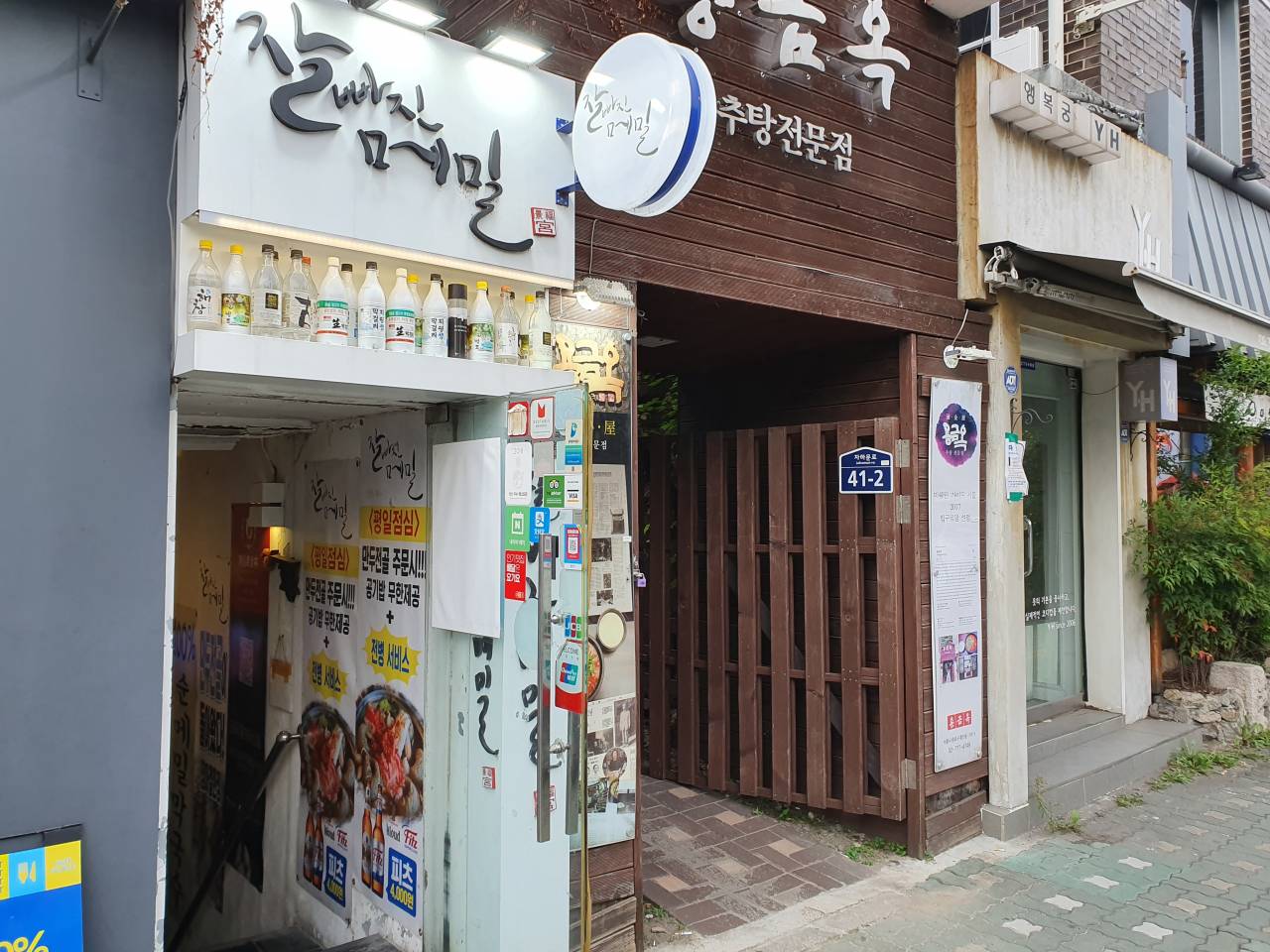
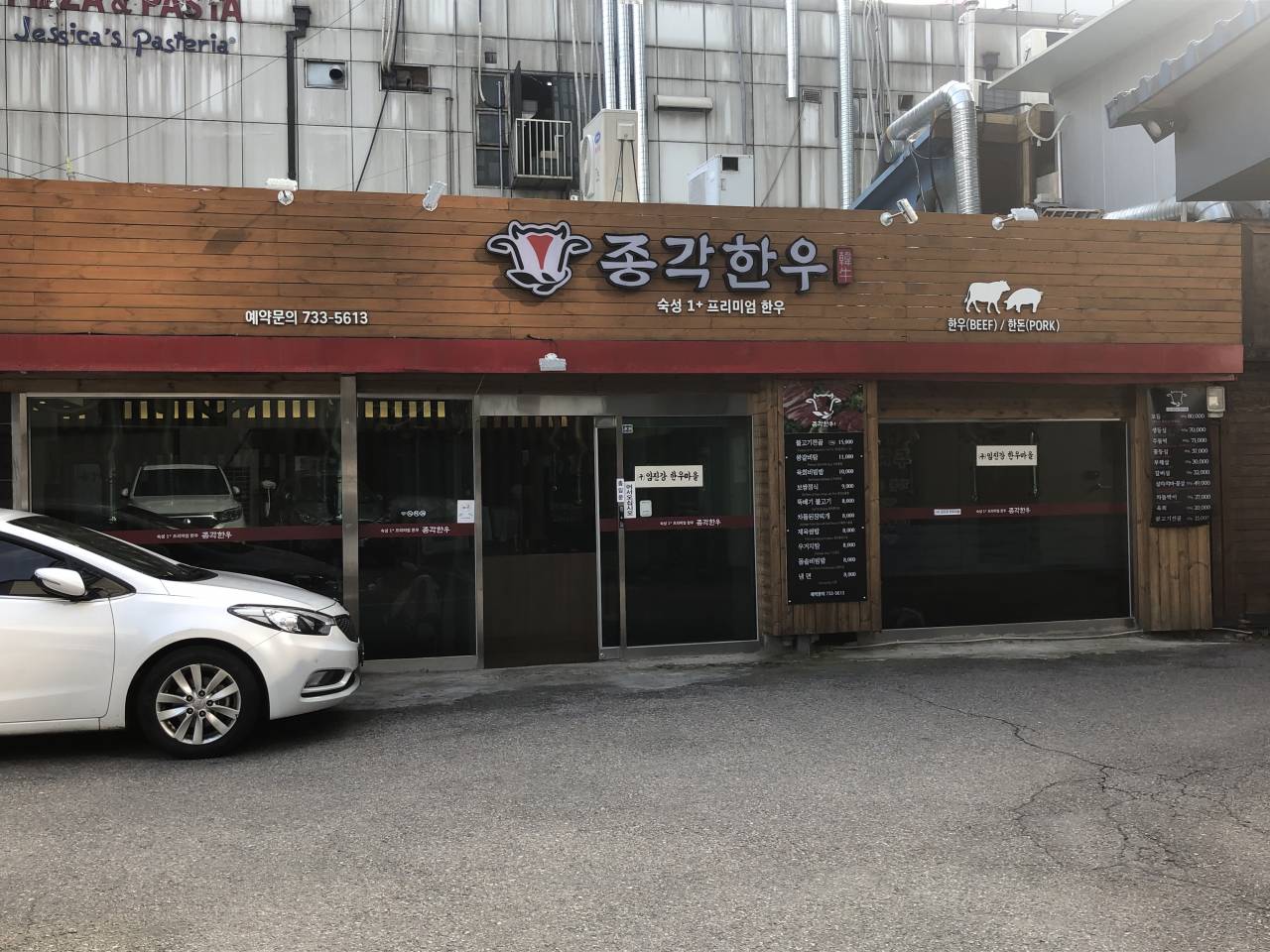
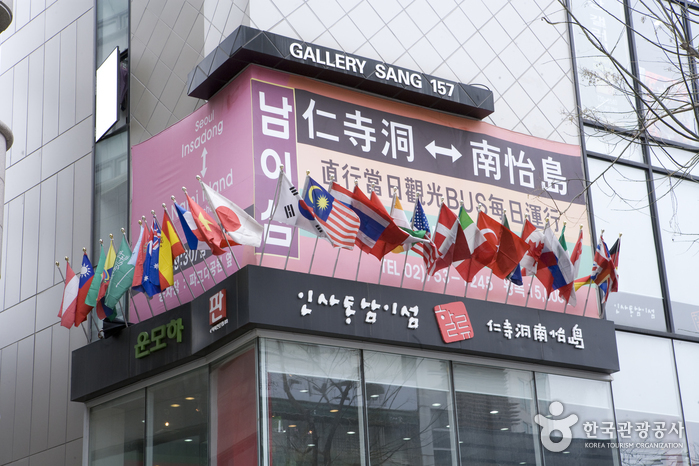
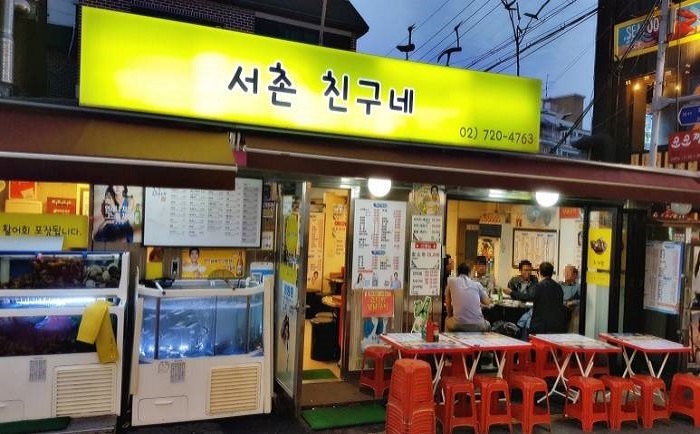
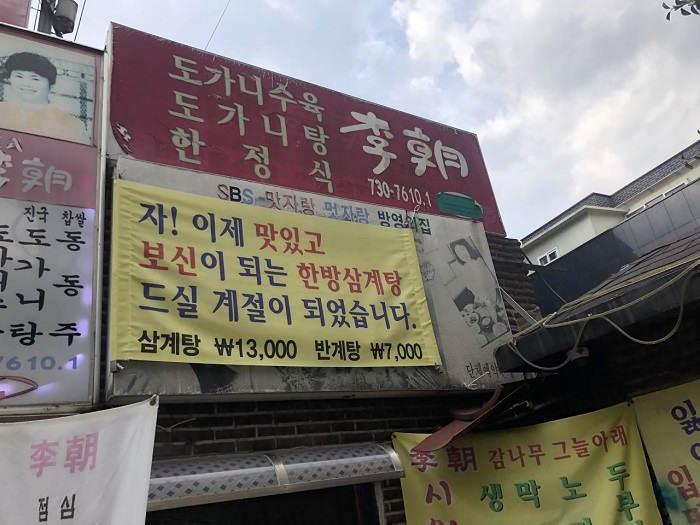
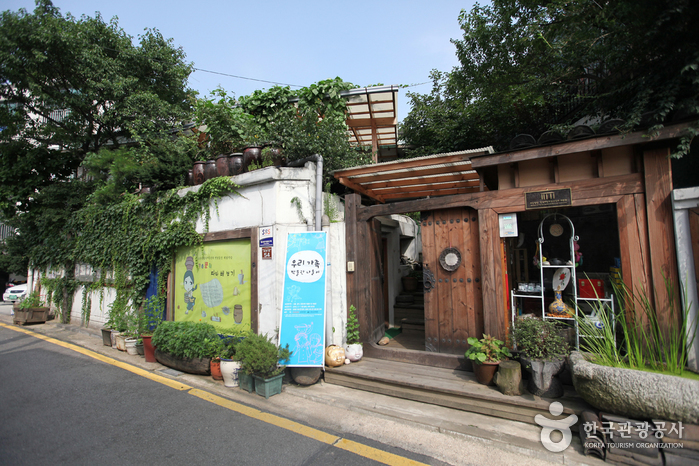


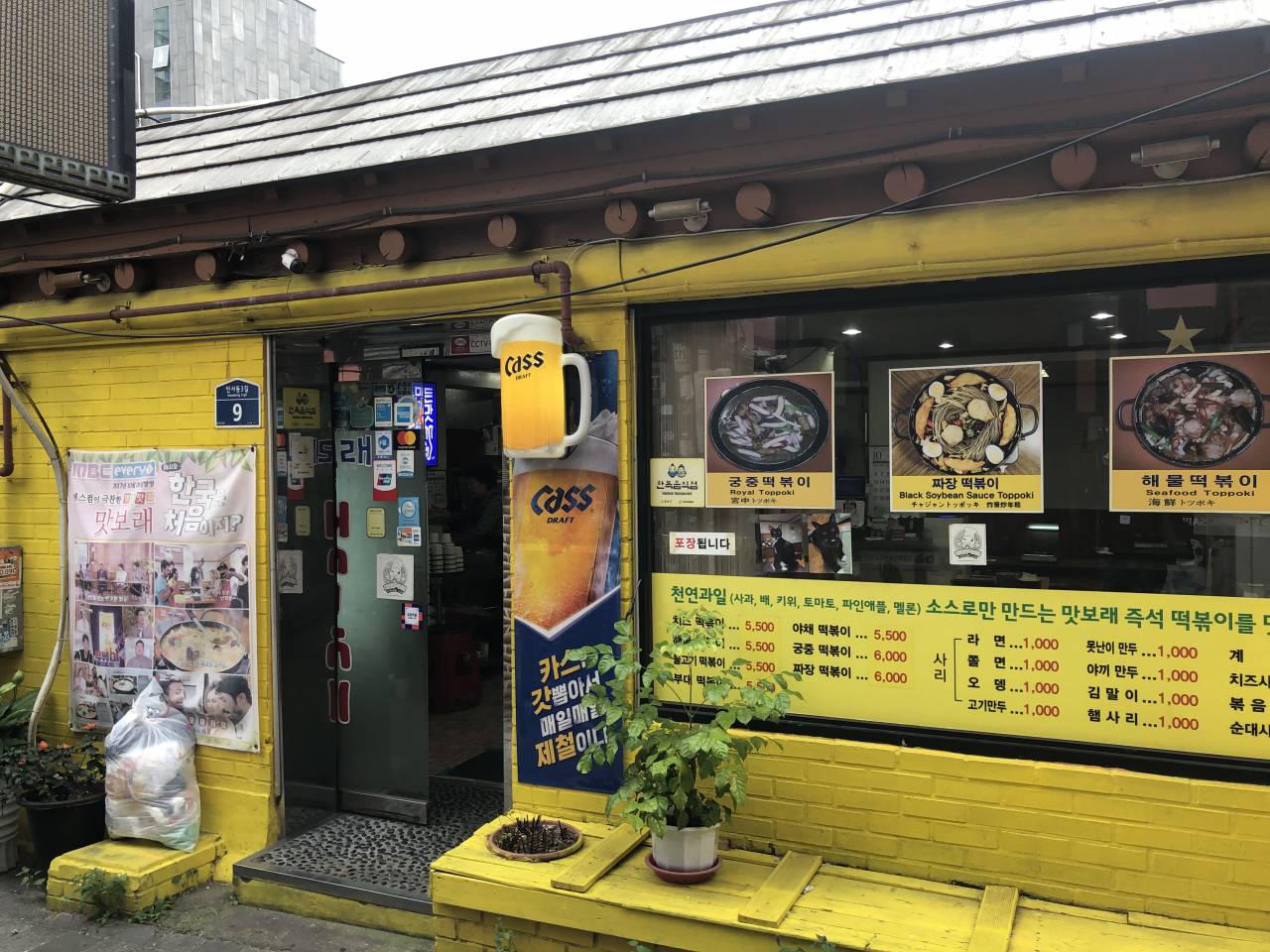
![Seochon Guest House [Korea Quality] / 서촌 게스트하우스 [한국관광 품질인증]](http://tong.visitkorea.or.kr/cms/resource/41/2447241_image2_1.jpg)
 Français
Français
 한국어
한국어 English
English 日本語
日本語 中文(简体)
中文(简体) Deutsch
Deutsch Español
Español Русский
Русский